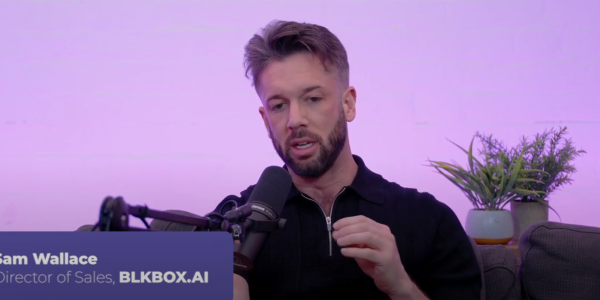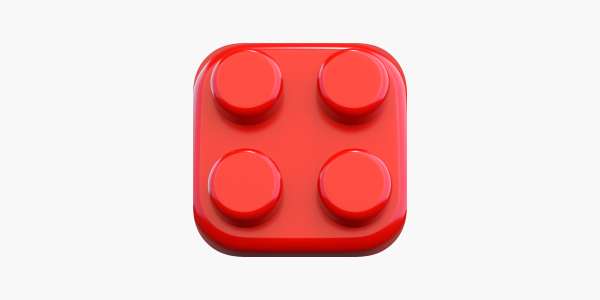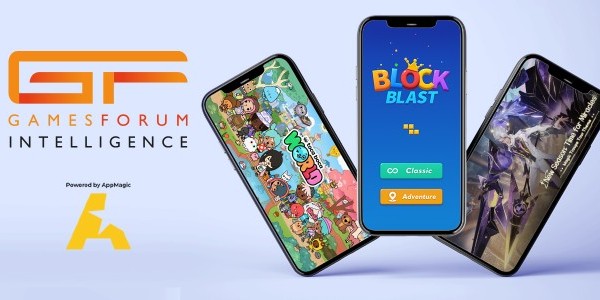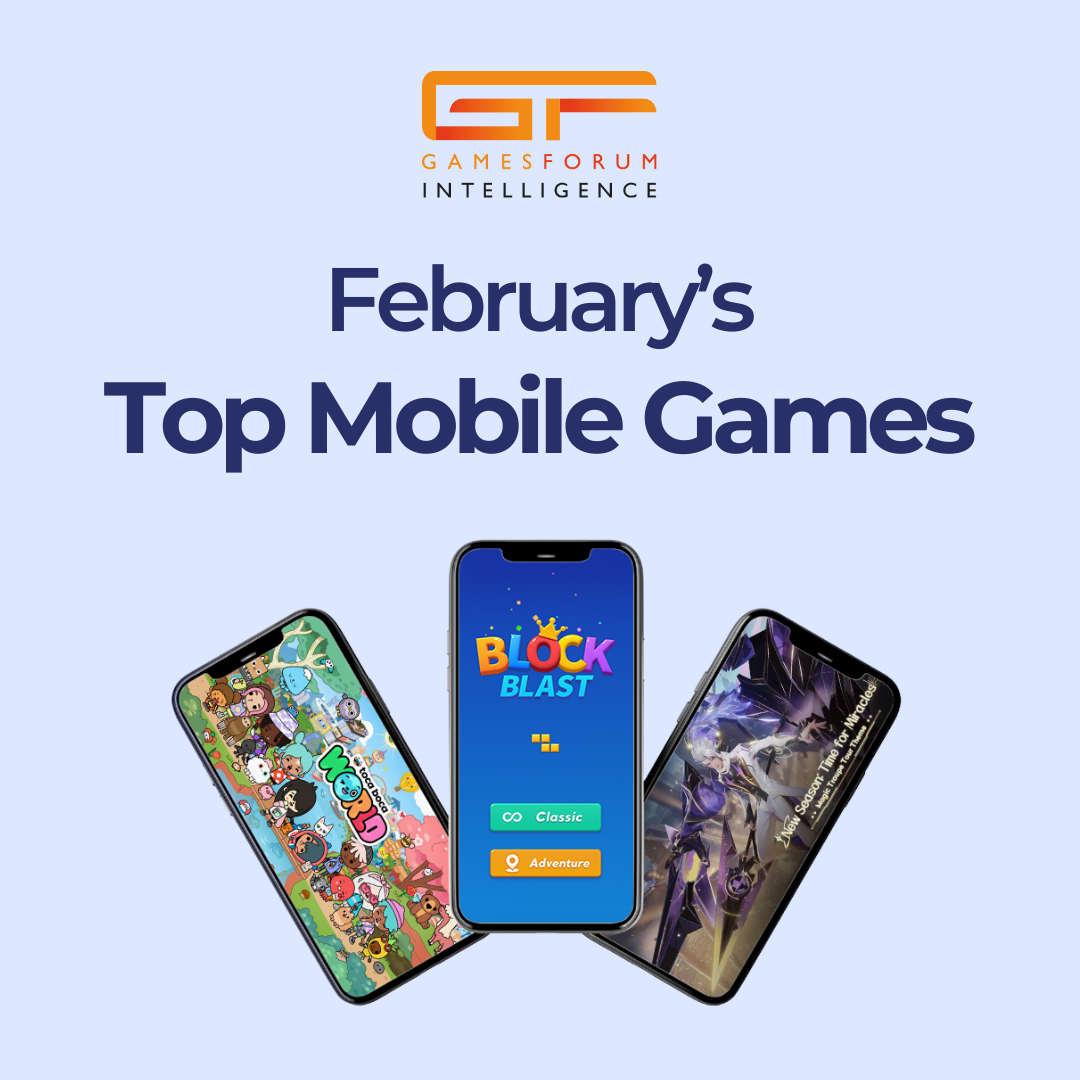Lo-Fi Creatives Are the Growth Hack No One Told You About

In an industry renowned for airbrushed, fine-tuned perfection, "trying less hard" just doesn't feel right - counterintuitive some might say. And yet, that very counterintuitiveness might be the secret sauce. Mobile game marketers, what if the most disruptive weapon in your marketing arsenal is intentional imperfection? Rapid, low-cost A/B testing with lo-fi creatives lets developers fine-tune ads without digging deep into pockets (and already stretched budgets) to optimise performance before investing heavily in the game itself. Not to mention, running tons of creatives across multiple ad groups fuels experimentation, sharpens system learning, and maximises ad spend.
AI’s ability to iterate creatives with relative ease has no doubt democratised access, there’s no denying that, but everything is starting to look the same. I wonder if it's just me that's getting a bit tired of seeing the heavily curated, hyper-refined creatives, devoid of any raw, unexpected charm.
So, in a world where viral marketing wins, why not embrace the, well, uglier side of things?
Taking inspo from other industries
I want to clarify the meaning of the word 'ugly' within this context. Here, 'ugly' becomes a strategic aesthetic - a deliberate departure from the overly processed.
Simple, bold, and purposely underdone, Charli XCX's marketing plan for the Brat album is a good example of this. The album was a huge success, along with the viral marketing plan that went along with it, making way for the now widely recognised neon green album cover.

The album's aesthetic, characterised by its lime-green branding and rebellious attitude, became a cultural phenomenon. It inspired fashion trends, viral TikTok dances, and even influenced political campaigns, with U.S. Vice President Kamala Harris's 2024 presidential campaign adopting the album's visual style.

The Brat meme generator saw a massive surge in interest, with searches increasing by over 500% during the peak of the campaign, and on Instagram, the hashtag #bratsummer had over 2.6 million posts by July 2024. What was the takeaway? Lo-fi yet high-impact is an underrated tool for engagement.
Surreal cereal did a similar campaign in the sense of low-production marketing with their anti-advertising and understated promotional efforts on billboards that went viral.

A case for ugly ads when it comes to boosting UA
The landscape of mobile game advertising has undergone a fundamental shift as rising CPI rates and increased market competition force developers to rethink their UA strategies. Rather than relying on polished, high-budget creative assets, many studios are turning to deliberately lo-fi, raw, and unconventional ads - a trend that has proven remarkably effective. These ads, often categorized as ‘ugly ads,’ are not inherently misleading or exploitative but instead embrace a low-production, grassroots aesthetic that resonates with audiences and outperforms traditionally ‘sleek’ advertising, which frankly is a bit boring and repetitive at times.
This shift in creative direction aligns with evolving ad platform algorithms that prioritize engagement over visual fidelity. By leaning into unpolished, meme-like, or ‘homemade’ aesthetics, ugly ads create a sense of authenticity that feels native to digital environments, particularly on platforms like TikTok and Meta.
Higher CTRs and improved conversion rates through pattern disruption
In an oversaturated mobile ad ecosystem, users are conditioned to ignore generic, highly polished promotional content a lot of the time. Ugly ads break through this ‘banner blindness’ by defying visual expectations - whether through crude animations, exaggerated expressions, or gameplay that looks intentionally unfinished.
- Low-fidelity = high engagement – The raw, unpolished look of ugly ads makes them stand out in cluttered ad feeds, triggering curiosity and disrupting passive scrolling.
- Humanised, relatable content – Many ugly ads mimic user-generated content, fostering a more organic connection with potential players. This taps into UGC-style marketing strategies, where ads appear more like recommendations than corporate promotions.
- CTR and CVR boost via unpredictability – Unlike conventional mobile game ads, which often feature perfectly choreographed gameplay sequences, ugly ads embrace imperfection and chaos. This unpredictability increases CTR and conversion rates by sparking curiosity and encouraging direct engagement.
Algorithmic optimisation: Why ugly ads win in modern ad networks
Leading ad networks - Meta Ads, Google Ads, and TikTok Ads - utilise machine learning-driven auction models that reward high-engagement ads with lower costs. Ugly ads can take advantage of this algorithmic preference by generating:
- Higher watch time and interaction metrics – Since these ads are visually distinct, users are more likely to watch them longer, send them to friends, or comment on them - this can boosting engagement scores.
- Algorithmic favouritism for authentic-looking content – On TikTok, in particular, ads that blend with organic content perform better than polished commercial-style videos. The casual, low-budget aesthetic of ugly ads makes them appear more native to the platform, increasing their reach and effectiveness.
- Cheaper impressions due to performance-weighted bidding – Because high-engagement ads receive preferential treatment in ad auctions, ugly ads can drive lower CPMs and CPIs, stretching ad budgets further while maximising impressions.
Better performance insights and iterative improvements
Lo-fi ads resonate with audiences seeking genuine content, leading to higher CTR and, consequently, lower user acquisition costs. A study highlighted by Shuttlerock found that self-recorded (lo-fi) creatives outperformed studio-shot content in Facebook Stories 84% of the time, indicating that the unpolished ads can significantly boost engagement metrics.
The success of lo-fi ads in this context can also be seen with data from AppsFlyer, which indicates that hyper-casual games employing ad-only models can achieve rapid revenue accumulation, with Android games reaching 64% of their revenue by day three. This is a great use case example for lo-fi ads - the efficacy of ad-based monetization strategies in capturing early revenue means that lo-fi ads is a very cost-effective and impactful tool.
What's interesting about the employment of lo-fi ads is that the use of exaggerated ad content allows developers to quickly test and refine various creative concepts without making immediate changes to the actual game, at no higher of a cost. This rapid A/B testing improves ad spend efficiency and helps boost creative effectiveness. Running a high volume of creative assets optimises selection by enabling broader experimentation and system learning, not to mention distributing creatives across multiple ad groups further supports this process, allowing for better performance insights and iterative improvements.
The low-fidelity advantage in mobile game marketing
The rise of ugly ads in mobile game marketing isn’t just a cost-cutting measure, it’s a strategic response to how modern audiences consume and interact content, including ads of all kinds - this is something that we’re seeing across the board, not just in the world of mobile gaming.
The democratisation of creative creation has paradoxically elevated the authenticity of imperfect, unpolished media. Perhaps best summarised by a recent article on low-effort creatives in Ad Week, against the backdrop of the Fourth Industrial Revolution, defined as the next step in value chain efficiency, fusing renewable energy, robotics, cloud computing, and generative AI, lo-fi creatives are emerging as a countercurrent - valued not for polish or precision, but for authenticity, speed, and cultural resonance.










